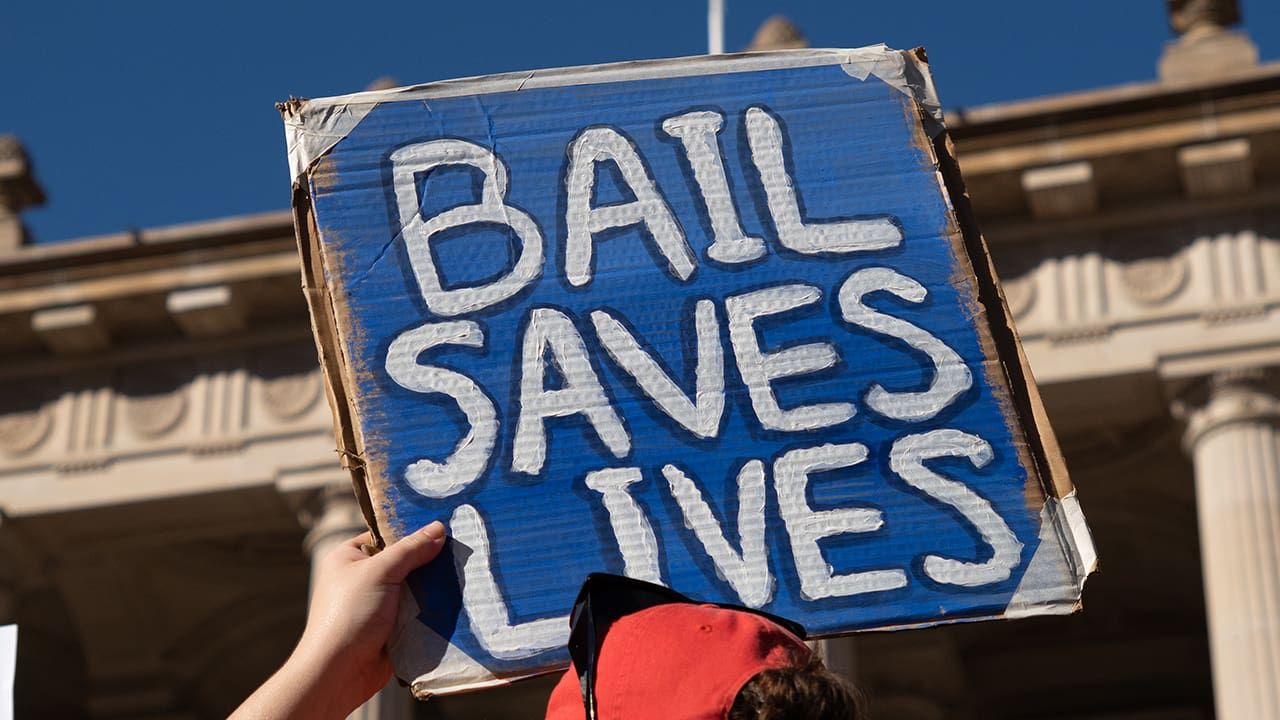Understanding the concept of “Reasonable Doubt”; do not watch “Making A Murder” until you read this article.
Kells Lawyers • January 18, 2016
With the prevalence of television shows that centre around court room drama, including the new 10 part Netflix documentary series Making a Murderer; often as the audience you have the opportunity to experience a glimpse of what it is like to sit in the role of a juror.
Through the Netflix documentary series Making a Murderer viewers are shown an array of evidence and material used throughout the high profile trials of Steven Avery and Brendan Dassey. Viewers are shown forensic evidence, police interrogations, photographs of the crime scene and eye witness testimonies of key trial witnesses. The audience is then left to ponder the innocence or guilt of the main documentary characters.
But while it may be one thing for the viewer to pass judgement from the comfort of their couch, in the criminal justice system the jury is required to carefully and critically analyse information by reference to the presumption of innocence and the requirement that the prosecution prove their case beyond a reasonable doubt.
Understanding these important foundations of the criminal justice system adds an interesting dimension to view these new emerging documentaries through.
A critical part of the criminal justice system is the presumption of innocence. A person charged with a criminal offence is presumed to be innocent unless, and until, the Crown (police) persuades a jury that the person is guilty beyond reasonable doubt.
In New South Wales, the Evidence Act 1995 states; “in a criminal proceeding, the court is not to find the case of the prosecution proved unless it is satisfied that it has been proved beyond reasonable doubt.”
The Crown is required to prove a person’s guilt beyond a reasonable doubt, while an accused is not required to prove their innocence. This is an incredibly important destination, and the starting point in a jury examining any evidence presented at a hearing.
In a trial, the decision making process is not one of choosing between two inconsistent versions of an event. A decision might be made that the prosecution’s version of events is more believable than the defence’s version of events. However, this does not necessarily mean that the accused should be found guilty. Even if a person prefers the prosecution evidence, this is not the same as being satisfied that the prosecution have established the truth of their case to the required standard of ‘beyond reasonable doubt.’
In an important case that examines this concept, Liberato v The Queen (1985) 159 CLR 507, Justice Brennan in his dissenting judgment (Justice Deane agreeing) said:
“When a case turns on a conflict between the evidence of a prosecution witness and the evidence of a defence witness, it is commonplace for a judge to invite a jury to consider the question: who is to be believed? But it is essential to ensure, by suitable direction, that the answer to that question (which the jury would doubtless ask themselves in any event) if adverse to the defence, is not taken as concluding the issue whether the prosecution has proved beyond reasonable doubt the issues which it bears the onus of proving. The jury must be told that, even if they prefer the evidence for the prosecution, they should not convict unless they are satisfied beyond reasonable doubt of the truth of that evidence. The jury must be told that, even if they do not positively believe the evidence for the defence, they cannot find an issue against the accused contrary to that evidence if that evidence gives rise to a reasonable doubt as to that issue.”
A juror is not required to pick the best version of events. The emphasis always remains on the prosecution to establish their case beyond reasonable doubt.
So what does ‘beyond reasonable doubt’ mean?
In most trials a Judge will provide a direction to the jury, explaining the Crown must prove the accused’s guilt beyond reasonable doubt. It is normally explained that there is a high standard of proof that the Crown must achieve before you can convict the accused. Often the jury is asked to consider; “is there any reasonable possibility that the accused is not guilty?”.
The question of whether there is a reasonable doubt is a subjective one to be determined by each individual juror. There is longstanding authority for the proposition that, except in certain limited circumstances, no attempt should be made to explain or embellish the meaning of the phrase “beyond reasonable doubt”: see Green v The Queen (1971) 126 CLR 28 at 32–33. The Judge is therefore generally restrained from elaborating further upon the meaning of ‘beyond reasonable doubt.’
The term “beyond reasonable doubt” remains a subjective test to be applied by the jurors themselves. It is often said that a jury may never be 100% sure of the truth of any allegation. Jurors are not witnesses to a crime. They instead are asked to determine the truth of an allegation based on an array of evidence put before them at a trial. If a person has not directly witnessed an incident, can they ever be absolutely certain of the truth? No matter how strong the evidence, is it possible there will also be some doubt?
In R v Wilson (1986) 42 SASR 203 at 207 the Court outlined that the reasoning process behind deciding whether a reasonable doubt exists does not require an assessment of the degree of strength of the doubt. As long as the decision maker, as a reasonable person, does not dismiss the doubt as unreasonable, then doubt exists and the conclusion should be ‘not guilty.’
It may be easily argued that a juror may always have some doubt. However, the juror does not need to be 100% certain that an alleged incident took place. They are not and could never be witnesses in the case as they were not there. The question turns on whether any doubt that exists is “reasonable”.
The prosecution again must discharge their onus to prove their case beyond reasonable doubt. The juror does not have to pick the best explanation of events – the prosecution alone bears the responsibility of proving guilt beyond reasonable doubt.
If the juror initially has doubts, but carefully considers the evidence and determines those doubt are not reasonable, then the accused is guilty. If after considering all the evidence, a doubt remains, a doubt that the juror considers reasonable, then the verdict should be one of not guilty.

Kells has been delivering outstanding services and legal expertise to commercial and personal clients in Sydney and the Illawarra region for more than five decades. Our lawyers are savvy and understand your needs.
Subscribe
Want to get the latest articles and news delivered to your inbox?




